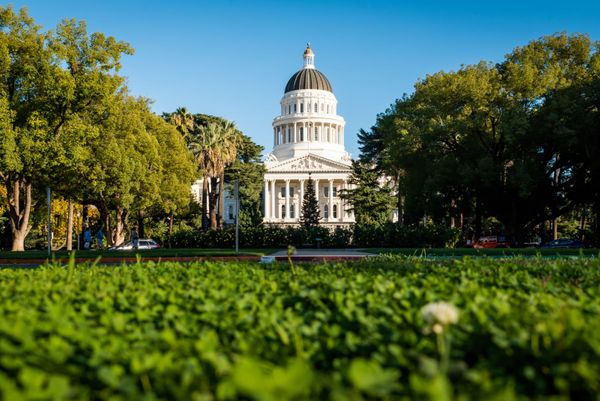It’s that time of year again. The deadlines are approaching fast and here’s one you shouldn’t miss – FAFSA.
The Free Application for Federal Student Aid, known as FAFSA, is the form you need to fill out to get financial aid in order to help pay for college or career school.
Coming up is the deadline for the 2019-20 school year which needs to be submitted by June 30, 2020. However, many states and colleges have earlier deadlines for applying for state and institutional financial aid, so be sure to check your state’s deadlines or possible extensions.
Another change to consider is if you’ve had a dramatic shift in your income. Then you could be eligible for a financial aid adjustment. The corrections for 2019-2020 need to be submitted by Sept. 12, 2020.
There are quite a few deadlines to keep track of, but if you’re ready for the next school year, here are the dates to mark on your calendar.
The window for applications for the 2020-2021 year is Oct 1, 2019 to June 2021.
Of course, it is best to apply as soon as you can after October 1 to ensure that you do not miss out on available aid and even get full coverage of your academic expenses.
Types of Financial Aid You Could Be Eligible For
There are different forms of financial aid available to consider. If you do receive financial aid, make sure to keep the requirements to remain eligible such as not withdrawing early from your study program and not changing your enrollment status.
Grants
A grant is a type of financial aid that doesn’t normally have to be repaid. Most grants are awarded to students with financial need and there could be requirements in order to be eligible.
The largest federal grant program is the Pell Grant. Other programs available are Federal Supplemental Educational Opportunity Grants, Teacher Education Assistance for College and Higher Education Grants, and Iraq and Afghanistan Service Grants.
Scholarships
There are limited scholarships available as well that nonprofit and private organizations offer. Often, they are granted for academic merit, talent, or other criteria. They are an excellent source of free money to help reduce education costs.
Work-Study Jobs
Keeping your expenses paid for is important while getting an education, and there’s no better way to do it than to work alongside your studies. The Federal Work-Study Program allows students to work part-time while they are in school. The program is available to undergraduate, graduate and professional students with financial need.
Loans
Another option is to apply for a loan. Loans do, of course, need to be repaid, usually with interest. It’s important to understand the terms and conditions of the loan. While private sources such as banks and other organizations provide loans, often, federal government loans have more benefits.
Whether you’re applying for the first time or not, there’s no reason not to submit your FAFSA. All you will need are your financial balances, tax returns, and possibly provide your parents’ or your spouse’s information. It is certainly worthwhile to check your eligibility and get financial aid.





